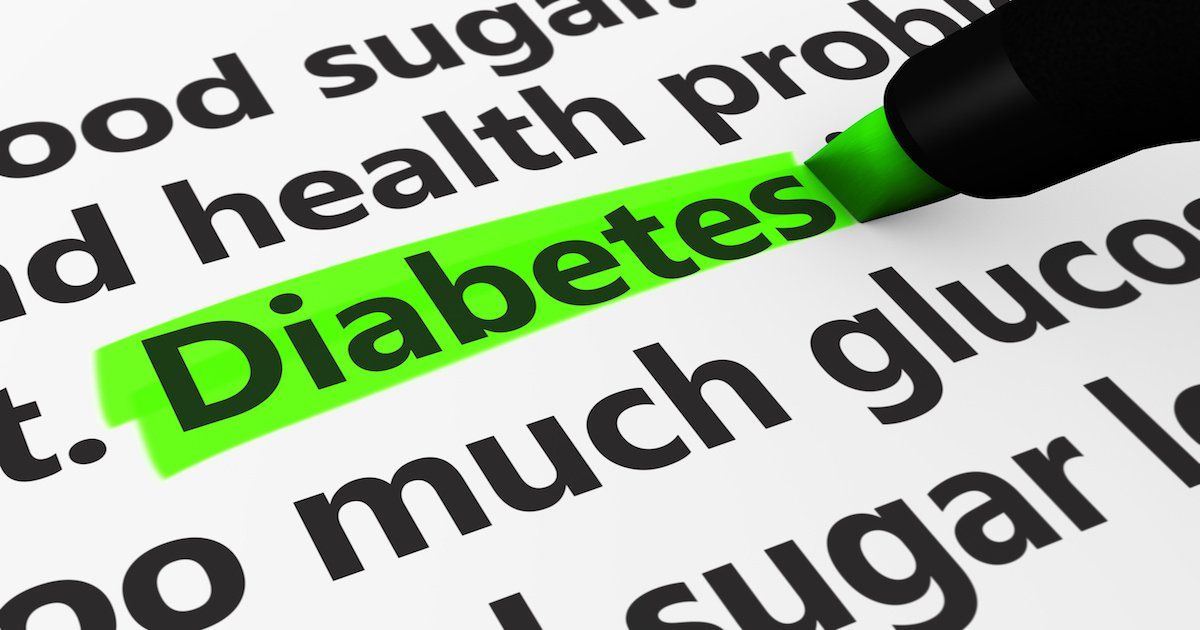Prediabetes On the Rise Among US Teens and Young Adults
Prediabetes can increase the risk the risk of developing type 2 diabetes.

Approximately 84 million adults in the United States have prediabetes, and approximately 90% do not realize it.1 According to the American Diabetes Association (ADA), individuals with prediabetes have impaired fasting glucose (IFG) with fasting glucose levels between 100 and 125 mg/dL, and/or hemoglobin A1C 5.7–6.4%, and/or impaired glucose tolerance (IGT) with plasma glucose measured 2 hours after a 75 gram oral glucose load between 140 and 199 mg/dL.2 Prediabetes is now affecting teens and young adults, making education about the topic crucial to prevent complications.3 Lifestyle modifications can help to reduce the risk of developing type 2 diabetes. Pharmacists can play an important role as part of an interdisciplinary team to promote exercise and other health measures for patients.
CDC Study
The study used data from the National Health and Nutrition Examination Survey, which examined 5786 adolescents (ages 12 to 18 years) and young adults (ages 19 to 34 years) in the United States to determine the prevalence of prediabetes.4 Factors evaluated included IFG, IGT, and increased A1C levels in patients without diabetes, and the criteria were followed based on the ADA guidelines. The study revealed that approximately 1 in 5 adolescents and 1 in 4 young adults have prediabetes.3,4 Additionally, the prevalence of prediabetes was higher in male patients and those with obesity. Patients with prediabetes also had significantly higher cholesterol levels, systolic blood pressure, abdominal fat, and lower insulin sensitivity than those with normal glucose tolerance.3,4 Ultimately, these factors can increase the risk of patients developing type 2 diabetes as well as other cardiovascular diseases. These results further demonstrate the importance of lifestyle interventions.4
“We’re already seeing increased rates of type 2 diabetes and diabetes-related complications in youth and young adults, and these new findings are evidence of a growing epidemic and a tremendously worrisome threat to the future of our nation’s health,” Ann Albright, PhD, director of CDC’s Division of Diabetes Translation, said in a statement3
Prevention Strategies
The National Diabetes Prevention Program (National DPP) was established in 2010 to prevent type 2 diabetes.5 The CDC lifestyle change program is part of the National DPP, and research has demonstrated that patients with prediabetes who establish a healthy diet and exercise reduce their risk of developing type 2 diabetes by 58% (71% for individuals 60 years and older).5 Individuals must be at least 18 years or older to participate along with other criteria. However, hopefully in the future younger teens will be able to participate as evidence has revealed an increase in prediabetes among the youth. The CDC has a set of standards to ensure high program quality that includes use of an approved curriculum, trained lifestyle coaches, and submission of data on participants’ progress.5 Pharmacists can also become involved through the Rx for the National Diabetes Prevention Program: Action Guide for Community Pharmacists.6
Pharmacists can participate through the following ways: promoting awareness about the National DPP among patients at risk; screening, testing, and referring patients; and offering the lifestyle change program.6 Pharmacies can offer the National DPP lifestyle change program by applying for CDC recognition (free process). Many employers and insurers are reimbursing for the program. Additionally, the program became available in 2018 to eligible Medicare beneficiaries as a covered service.6 This is a great opportunity for pharmacists to expand their professional horizons in the community setting and play an important role in public health.
References:
- CDC. Prediabetes: Your Chance to Prevent Type 2 Diabetes. CDC’s website. https://www.cdc.gov/diabetes/basics/prediabetes.html. Last reviewed May 30, 2019. Accessed January 5, 2020.
- American Diabetes Association. Standards of Medical Care in Diabetes–2020. Diabetes Care. January 2020. https://care.diabetesjournals.org/content/diacare/suppl/2019/12/20/43.Supplement_1.DC1/DC_43_S1_2020.pdf. Accessed January 4, 2020.
- CDC. 1 in 5 Adolescents and 1 in 4 Young Adults Now Living with Prediabetes. CDC’s website. https://www.cdc.gov/media/releases/2019/p1202-diabetes.html. Published December 2, 2019. Accessed January 4, 2019.
- Andes LJ, Cheng YJ, Rolka DB, Gregg EW, Imperatore G. Prevalence of prediabetes among adolescents and young adults in the United States, 2005-2016. JAMA Pediatr. Published online December 2, 2019. Doi: https://doi.org/10.1001/jamapediatrics.2019.4498
- CDC. National Diabetes Prevention Program. CDC’s website. https://www.cdc.gov/diabetes/prevention/index.html. Last reviewed August 10, 2019. Accessed January 4, 2019.
- CDC. Rx for the National Diabetes Prevention Program Action Guide for Community Pharmacists. CDC’s website. https://www.cdc.gov/diabetes/prevention/pdf/pharmacists-guide.pdf. Revised July 2019. Accessed January 5, 2020.